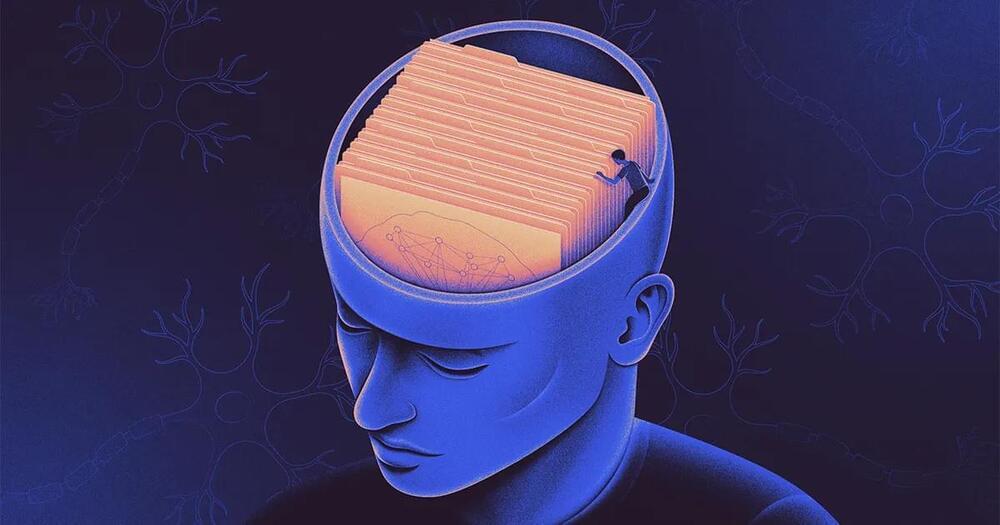Do we all look forward to what lies ahead?





Researchers have pioneered a 3D-SPI method that allows high-resolution imaging of microscopic objects, presenting a transformative approach for future biomedical research and optical sensing.
A research team led by Prof. Lei Gong from the University of Science and Technology (USTC) of the Chinese Academy of Sciences (CAS) and collaborators developed a three-dimensional single-pixel imaging (3D-SPI) approach based on 3D light-field illumination(3D-LFI), which enables volumetric imaging of microscopic objects with a near-diffraction-limit 3D optical resolution. They further demonstrated its capability of 3D visualization of label-free optical absorption contrast by imaging single algal cells in vivo.
The study titled “Optical Single-Pixel Volumetric Imaging by Three-dimensional Light-Field Illumination” was published recently in the journal Proceedings of the National Academy of Sciences (PNAS).
Glacial cyclicity of the Earth has often been considered on 100,000 year timescales, particularly for the Late Pleistocene (~11,700 to 129,000 years ago) swapping between periods of extensive polar and mountain glacier ice sheets, to warmer interglacial periods when ice sheets and glaciers retreated, with subsequent sea level rise. This is thought to be related to three key drivers affecting the amount of solar radiation reaching Earth from the sun.
Termed Milankovitch cycles, eccentricity considers the shape of Earth’s orbit changing from circular to more elliptical over 100,000 year timescales, while obliquity refers to the varying ‘tilt’ of the planet’s axis between 22.1 and 24.5 degrees over 41,000 years (contributing to seasons) and precession, which in simple terms is the direction Earth’s axis is pointed and can make the contrast between seasons more extreme in one hemisphere compared to the other.
While the eccentricity cycle has been a major factor thought to drive glacial/interglacial cycles, newer research has suggested that they instead may result from a series of obliquity or precession cycles (especially as the former dominated up to 800,000 years ago). To test this theory, Bethany Hobart, a Doctoral Researcher at the University of California, and colleagues modeled the impacts of glacial termination on 23,000 and 41,000 year cycles.
Like, Subscribe and be Notified, to inspire and feed creativity.
Check out the Strange Worlds channel for more videos:
https://www.youtube.com/channel/UCFEqV4wpdLLslZc-9ugeuyA



